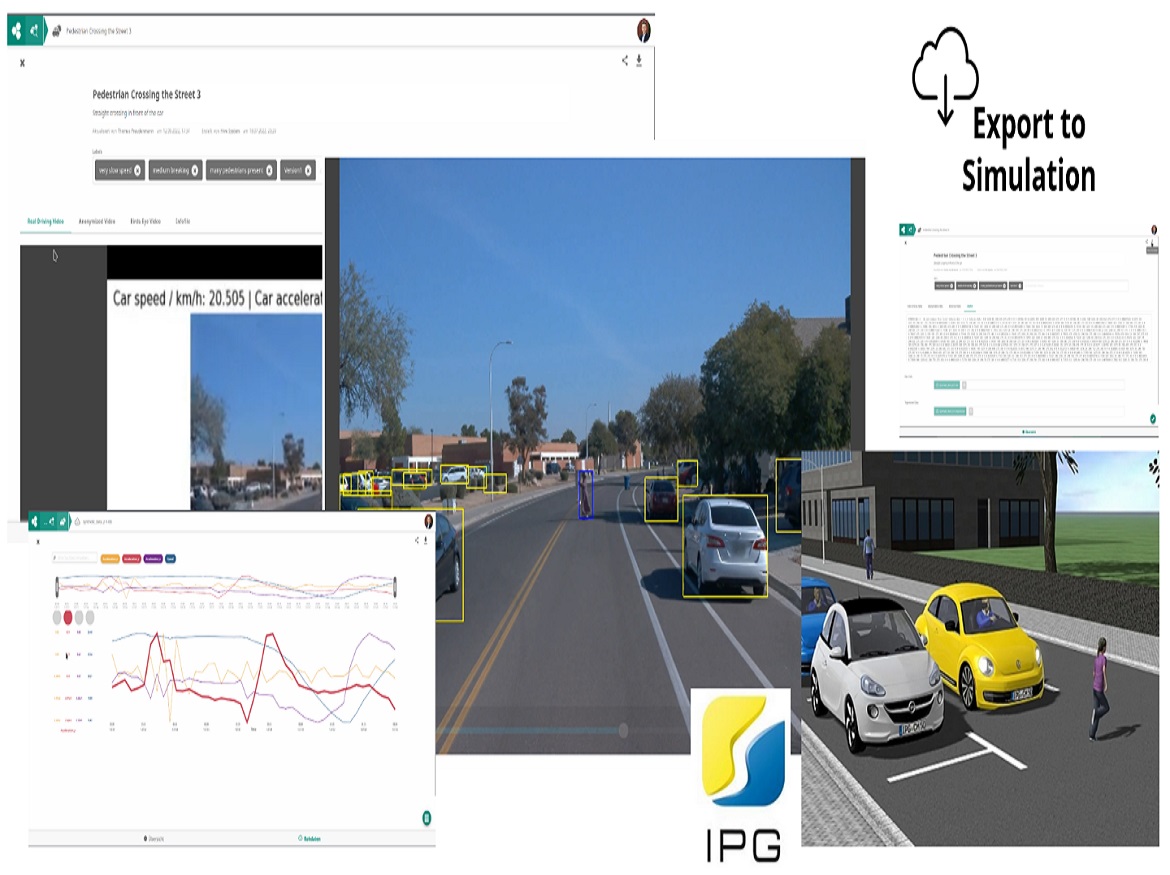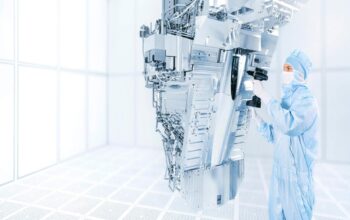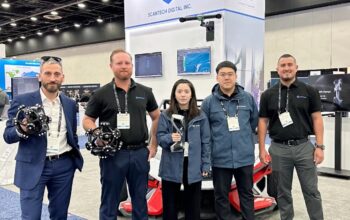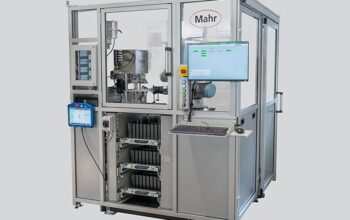The improvement of independent vehicles requires reasonable test choices and comparing and preparing information for AI processes. Since genuine information, particularly those that address basic and hazardous circumstances, are scant, comparing engineered test situations was created as a feature of the finished Research and development project RELAI. Outfitters and suppliers can now get their hands on these. A critical commitment of RELAI can be found in the High-level Tenant Observing Arrangement of the Fraunhofer IOSB for camera-upheld action recognition in the vehicle inside.
In rush hour traffic, an experienced driver knows what to look out for. Independent vehicles, then again, first need to figure out how things work: When are regular busy times, how should walkers act, how do street clients associate, and how rapidly might the driver at some point assume control over the guiding wheel? Particularly with a view to “blended” traffic representing things to come, in which the two individuals and self-driving vehicles decide, engineers need to go through basic and complex circumstances today. Or on the other hand to unequivocally put it more: It is essential to approve that the vehicles act true to form utilizing significant test situations both in the reproduction and in genuine driving.
Up to this point, these practical and explicit test situations have not been accessible. The RELAI (Chance Assessment with a Learning computer-based intelligence) project has shut this hole. As a component of the venture subsidized by the Government Service for Computerized Undertakings and Transport (BMDV), engineered test situations were made that compare to genuine traffic circumstances and with what capabilities for a unique gamble evaluation can be tried. With the assistance of man-made reasoning (computer-based intelligence), different virtual situations were gotten from existing traffic information and recreations. Project members were Fraunhofer IOSB, Fraunhofer IAO, IPG Auto GmbH, the College of Stuttgart, and EDI GmbH, which represents considerable authority in man-made intelligence applications. They facilitated the task and will presently make the outcomes openly accessible after fulfillment.
Realistic simulations enable reliable tests
RELAI has prevailed with regard to introducing testing and complex variations. One focus is on what pedestrians and cyclists expect from autonomous vehicles and how they behave in critical situations. A catalog of extensive and varied test scenarios and a virtual test environment featuring a virtual reality pedestrian simulator are the outcomes. Organizations can now involve this for the turn of events, testing, and preparing of different capabilities for mechanized driving. The man-made intelligence-based instrument chain for the programmed ID, assessment, and formalization of basic traffic circumstances (corner cases) for recreation can be utilized naturally through an online interface. For this reason, two applications were fostered that depend on the EDI hive IoT System,
To prepare the Unique Gamble The board (DRM) calculation, EDI GmbH has refined in excess of 100,000 informational indexes of basic traffic circumstances from Japan, which were physically clarified by traffic specialists, with public informational collections from Waymo, Berkeley, and informational indexes recently produced in the Independent Driving Baden-Württemberg test field. Along these lines, a computer-based intelligence could be executed that recognizes and assesses driving circumstances in a strong and precise way. The platform also included additional AI algorithms from Fraunhofer IOSB, such as those used to anonymize data sets and annotate pedestrian behavior data. The applications hence support the cycle from transferring the genuine outings to the programmed age of the distinguished test situations in an organization that the reenactment can peruse (data document).
The vehicle needs to know what is happening inside
One of the most important parts of the RELAI project was the Advanced Occupant Monitoring System from the Fraunhofer Institute for Optronics, System Technologies, and Image Exploitation (IOSB) in Karlsruhe. The data protection-compliant recording and interpretation of the activities of the occupants in the interior of the vehicle is the primary focus of this technology for camera-based activity detection. At RELAI, this system, in addition to recording the vehicle environment and other sensor and GPS data, makes it possible to evaluate various traffic situations and turn them into synthetic scenarios.
“The RELAI project has made a significant commitment to the improvement of independent vehicles and shows the capability of artificial intelligence upheld PC vision,” makes sense of Dr.- Ing. Michael Voit, bunch pioneer at Fraunhofer IOSB. » For clever help frameworks, it is fundamental that the vehicle realizes what’s going on inside. Dependably perceiving and approving this is a significant stage for a working connection between vehicle and driver.
The system reliably differentiates between different activities
With the High-level Inhabitant Observing Framework, Fraunhofer IOSB offers a complex answer for perceiving countless various developments, stances, and motions. This is made possible by machine learning processes and optical sensors. The framework records everybody in the vehicle as 3D skeleton models. It assesses the different body presents, including hand positions and look bearings, and spots them in the setting. A one-of-a-kind selling point is the large number of various exercises that are perceived. The framework dependably recognizes whether the driver is falling asleep or is occupied by the cell phone, is pointing at something, whether the traveler is on the telephone or drinking something.
“This can not just make the communication between humans and PC more secure during the driving system,” says Manuel Martin, Senior Researcher at Fraunhofer IOSB. ” It likewise empowers countless different applications, for example, versatile airbag organization, for example, airbag organization in view of body stance, and more solace, for example, natural control through motions.” Additionally, the Advanced Occupant Monitoring System can be retrofitted into existing test vehicles.
Outlook: Man-Machine Interface for the Metaverse
According to Voit, “Applications can be found wherever a room needs to become intelligent and where there is human-machine interaction.” It is significant that the framework comprehends what is happening to offer significant help.” Notwithstanding the versatility area, answers for the utilization of robots in get together and care or for smart working rooms are sought after.
“Next we will manage how our answer can go about as a connection point among people and a keen advanced climate, the ‘metaverse’,” Voit gives a viewpoint. » In the future, I might use VR glasses or the windscreen as a display to open up an augmented reality through which I can drive if I no longer have to drive my car myself. This requires intelligence. It gets really exciting when I point to buildings or objects and the car responds and communicates with me.
Click on the following link Metrologically Speaking to read more such news about the Metrology Industry.









